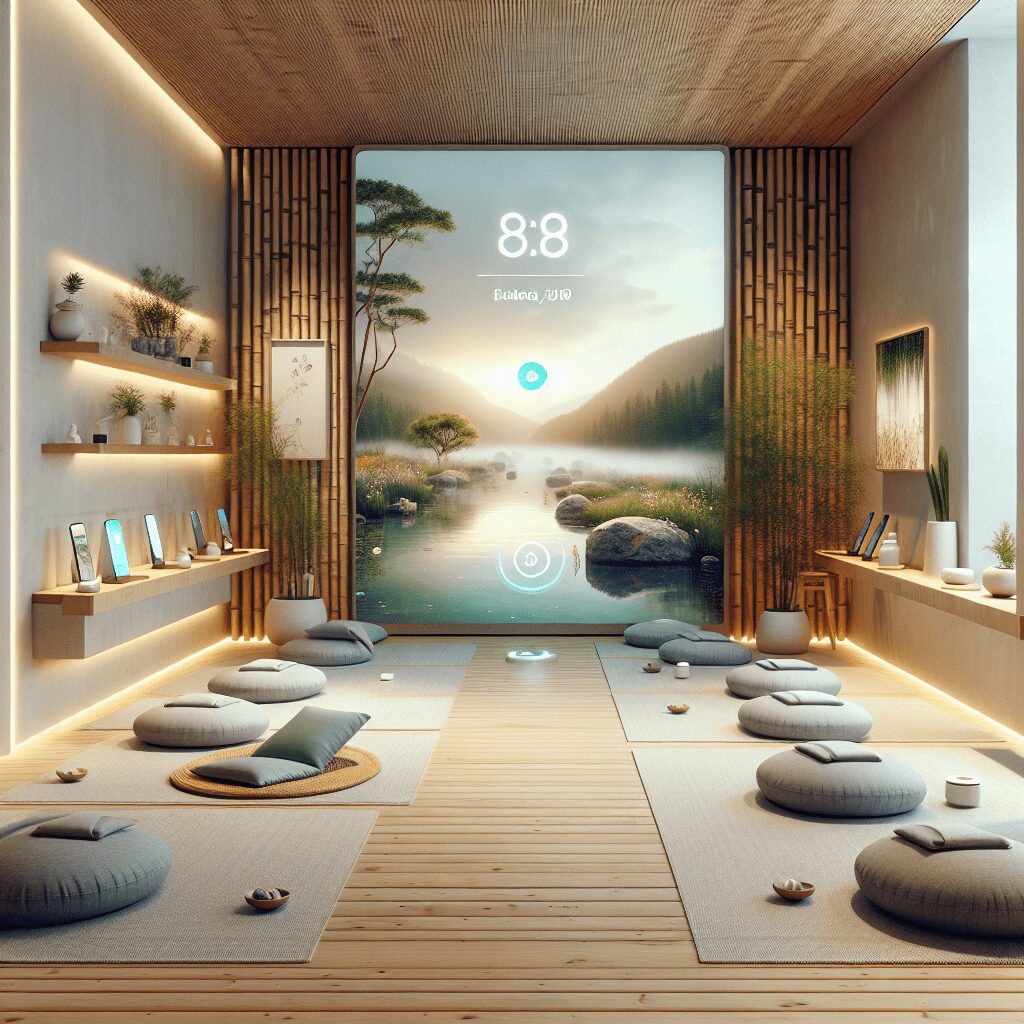
Prioritize your mental well-being daily. Enhance your life by nurturing your mental health with the Smart Meditation app. Break free from stress, alleviate anxiety, and enhance your sleep quality starting today.
Do Teens Who Spend More Time On Social Media More Likely To Suffer Anxiety And/or Depression?
Navigating the Digital Age: The Impact of Social Media on Teenage Mental Health
In the whirlwind of the digital age, social media platforms have become the town square for today’s youth. A place where friendships are made, opinions are voiced, and lives are showcased. However, beneath the surface of these digital interactions, there’s an ongoing debate about the psychological impacts, particularly on teenagers. The million-dollar question? Does spending an excessive amount of time on social media fuel anxiety and depression among teens? Let’s dive deep, sift through the facts, and uncover the truth.
The Double-Edged Sword of Social Media
On the one hand, social media is hailed for its ability to connect us, offering platforms where teens can find communities, express themselves, and feel less isolated. Yet, on the flip side, it’s criticized for being a breeding ground for comparison, cyberbullying, and the infamous FOMO (Fear of Missing Out), all of which can take a toll on a teenager’s mental health.
The Numbers Game
Statistics paint a telling picture. According to recent surveys, a noticeable correlation exists between the time spent on social platforms and reported levels of anxiety and depression among adolescents. Teens who spend five or more hours a day on their devices are twice as likely to report symptoms of depression than those who are glued to their screens for less time. It’s a compelling figure that has caught the eye of psychologists and parents alike.
The Comparison Trap
Let’s be honest, scrolling through feeds of meticulously curated lives can make anyone’s life seem dull in comparison. Teens, in their formative years, are especially vulnerable. The constant barrage of picture-perfect moments from peers can set unrealistic standards, leading to feelings of inadequacy and low self-esteem. It’s the classic case of comparing your behind-the-scenes with everyone else’s highlight reel.
Cyberbullying: Anonymity’s Dark Side
Social media, with its veil of anonymity, can sometimes unleash the worst in people. Cyberbullying has emerged as a digital-age menace. Unlike traditional bullying, it follows teens home, slipping through screens into their safest spaces. The impacts? Devastating. It’s a direct line to anxiety, depression, and in severe cases, suicidal thoughts.
The Light at the End of the Digital Tunnel
It’s not all doom and gloom, though! Identifying the problem is step one; tackling it is next. Encouraging mindful social media use is key. It’s about promoting quality over quantity—teaching teens to curate their feeds, follow accounts that inspire rather than deflate, and most importantly, balance their digital lives with real-world interactions and activities.
Tips for Protective Measures:
- Digital Detoxes: Regularly unplugging or having social media-free zones or times can work wonders.
- Open Conversations: Encourage dialogue about the highs and lows of social media, making it easier to spot when it’s becoming a problem.
- Seek Professional Help: If anxiety or depression is suspected, professional advice and support can be a lifeline.
In this digital narrative, it’s clear that while social media can be a fantastic tool for connection and creativity, its shadow side, particularly regarding teenage mental health, cannot be ignored. Striking a balance between online and offline life is the golden ticket to harnessing its benefits while avoiding the pitfalls. After all, in the grand tapestry of life, real-world experiences and connections hold unparalleled value, and it’s crucial we remind our teens of this timeless truth.





